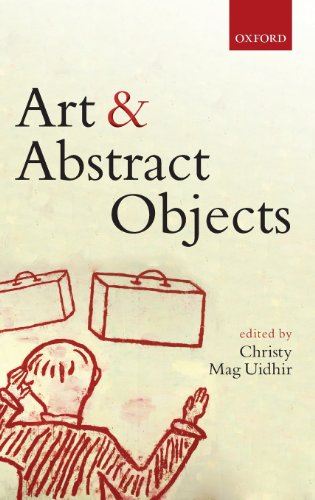Product desciption
Art And Abstract Objects Christy Mag Uidhir by Christy Mag Uidhir 9780199691494, 0199691495 instant download after payment.
Art and Abstract Objects presents a lively philosophical exchange between the philosophy of art and the core areas of philosophy. The standard way of thinking about non-repeatable (single-instance) artworks such as paintings, drawings, and non-cast sculpture is that they are concrete (i.e., material, causally efficacious, located in space and time). Da Vinci's Mona Lisa is currently located in Paris. Richard Serra's Tilted Arc is 73 tonnes of solid steel. Johannes Vermeer's The Concert was stolen in 1990 and remains missing. Michaelangelo's David was attacked with a hammer in 1991. By contrast, the standard way of thinking about repeatable (multiple-instance) artworks such as novels, poems, plays, operas, films, symphonies is that they must be abstract (i.e., immaterial, causally inert, outside space-time): consider the current location of Melville's Moby Dick, the weight of Yeats' "Sailing to Byzantium", or how one might go about stealing Puccini's La Boheme or vandalizing Mozart's Piano Concerto No. 9. Although novels, poems, and symphonies may appear radically unlike stock abstract objects such as numbers, sets, and propositions, most philosophers of art think that for the basic intuitions, practices, and conventions surrounding such works to be preserved, repeatable artworks must be abstracta.
This volume examines how philosophical enquiry into art might itself productively inform or be productively informed by enquiry into abstracta taking place within not just metaphysics but also the philosophy of mathematics, epistemology, philosophy of science, and philosophy of mind and language. While the contributors chiefly focus on the relationship between philosophy of art and contemporary metaphysics with respect to the overlap issue of abstracta, they provide a methodological blueprint from which scholars working both within and beyond philosophy of art can begin building responsible, mutually informative, and productive relationships between their respective fields.


